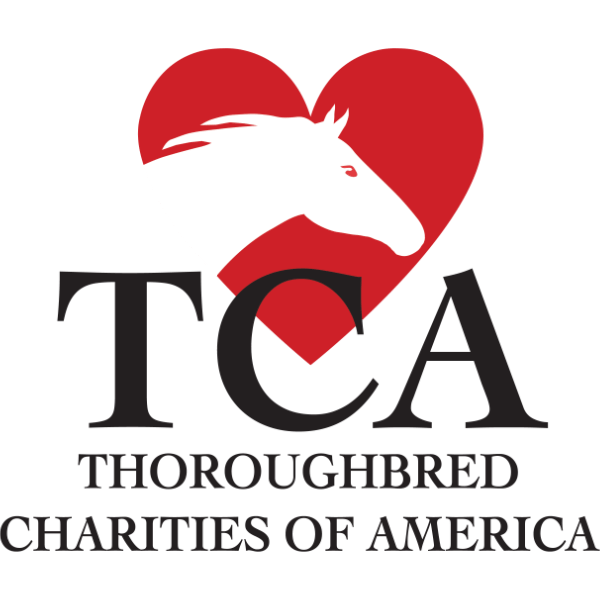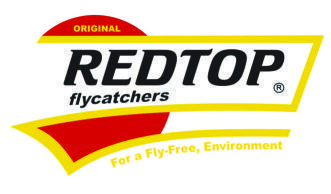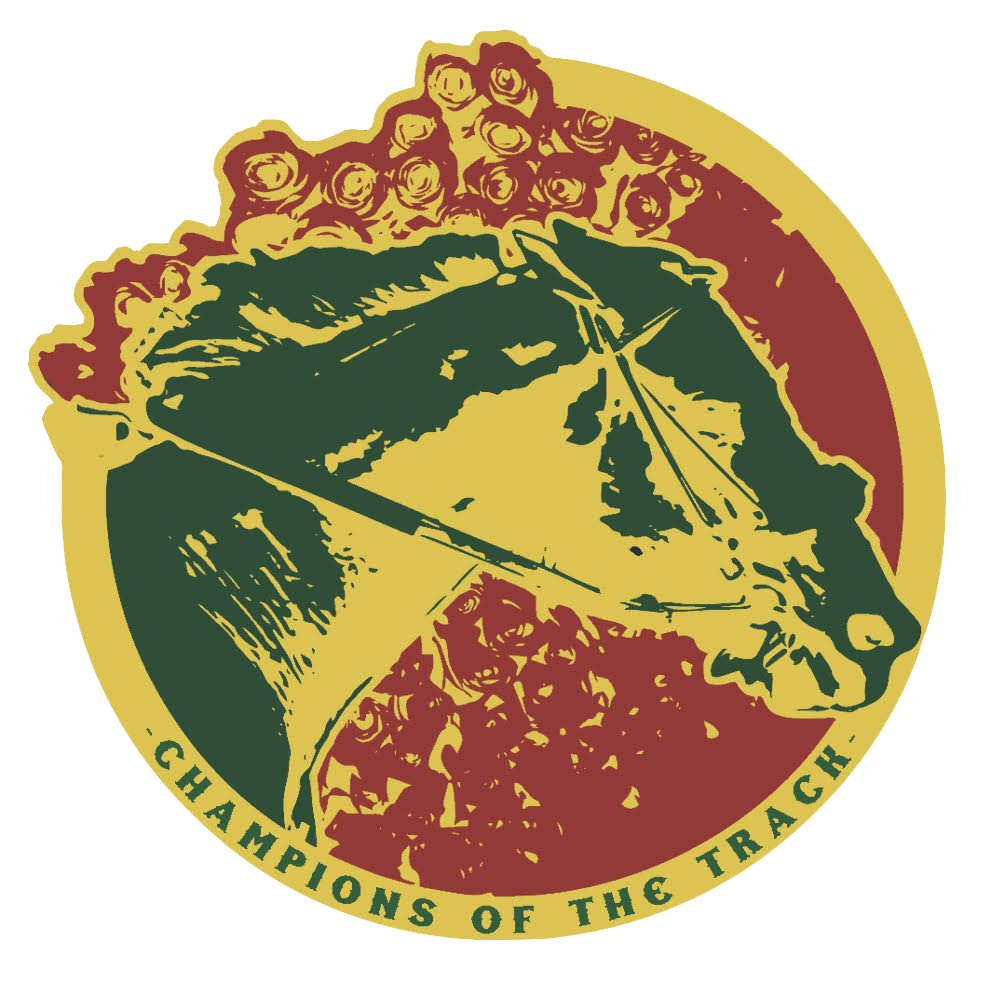So you’ve decided to purchase a Thoroughbred off the track. Hopefully, you’ve put a lot of thought into your decision and decided it’s right for you and your family. These horses are not for beginners and should only be trained by someone experienced in training a horse to walk, trot, canter and whoa. If you are not comfortable with this, either seek the help of a professional trainer or look for a horse that better suits your needs. Yes, the price might be right, but an injury to either you or your horse just isn’t worth it.
When you bring your new ex-racehorse home, BE PREPARED. Remember, these horses were bred to run. They were raised to run and even if yours is injured, they have been running up until very recently. You have now taken him out of his comfort zone. You’ve taken him from a place where there is action all day, every day. It starts at 5 or so in the morning and continues until dark.
Now your new horse is in a stall or pasture where it’s probably pretty quiet. You feed in the morning, probably head off to work for the day. You feed again in the evening and maybe spend a few minutes with him and then call it a day. This is the exact opposite of what he’s used to. At the track, most of the action goes on in the morning and afternoons are quieter unless it’s race day for him.
A change as drastic as this can lead to boredom and maybe depression. If your new thoroughbred is brought home and left alone either stalled or turned out, you may notice he either develops vices such as stall walking, or cribbing or any existing vices grow worse. If your ex-racehorse has an injury that requires it be stalled 24 hours a day, you will probably find it is difficult to keep them from becoming bored, but it can be done. Stall toys may work for some, but when my off track Thoroughbred was recuperating from a bowed tendon that required six weeks of stall rest, a full hay net was the only thing that kept him happy. And don’t worry! These horses have an incredible metabolism. Even with access to hay almost 24 hours a day, you probably won’t end up with a grossly overweight horse at the end of his recuperation.
If you’ve purchased a sound horse, chances are you’ll be turning him out when you get home. A word of caution: Racing Thoroughbreds are stalled twenty-three hours a day, everyday. When you bring yours home, you might feel you are doing him a favor by turning him out in a lush green pasture. Not necessarily true. One, he is not used to green grass. You must introduce him to a grass diet gradually over a several week period or you will be placing him at high risk for a colic attack. Second, you will probably notice he is scared to leave the comfort of his stall. In fact, it may be several days before he’s confident enough to venture outside on his own. And when he does begin to head for the great outdoors, please make sure to use a good quality fly spray. These horses are extremely fly sensitive and it would be considered cruel to turn them out without an accessible stall or run-in shed to escape the flies.
So now you have your new family member home and safely tucked into his new stall, or small paddock. Now what? You’ll probably want to work out a feeding schedule for him. Racehorses are generally fed three times a day. Usually, 4 or 5 a.m., again at 11 a.m. or noon and yet again in the evening. We’ll assume you probably won’t want to stick to this schedule, but you also don’t want to have a horse with colic. Consider… you’ve brought him home to a new stall, maybe with other horses around, maybe alone. You’re feeding him different hay and grain, and he’s not doing near the work he is used to. All these changes again can easily equal colic.
So you want to gradually switch his schedule as to not upset his system anymore. A good way to do this is to keep the morning feeding early. I’m not suggesting you roll out of bed at 4 a.m. just to satisfy your horse, but 5 or 6 probably wouldn’t be out of line, at least for now. You can always move it back gradually, once he’s adjusted to his new life. Another feeding at noon, if possible, maybe just some hay and then his regular evening schedule. Gradually, over the next couple of weeks you can move his morning feeding to a time more compatible to your schedule and eliminate the afternoon “snack”. Your horse won’t even notice if you stretch this change out.
If your ex-racehorse is sound and seems to be adjusting quickly to his new home, you’ll probably be just dying to try riding him. There are two widely opposite schools of thought on what you should do.
Some suggest you turn your horse out for two or three months to “get the track out of them” before beginning his training. This will give you time for him to get used to you and start the bonding process.
Others believe you should turn them out but begin their lessons in retraining immediately and work on them everyday. Your horse is used to intense work and will be at the peak of fitness when you purchase him.
There is nothing wrong with either of these methods. One might work well with one horse, but the other might be better for another horse. Each Thoroughbred is different and you may have to try several different training styles and tips on your horse before you find one that will work.
Remember, retraining an ex-racehorse is not for the impatient, the faint of heart, or the beginner, but with patience and hard work, you will be rewarded with a tireless competitor and an even better friend for life.
About the author…
Kristie Buckley-Simon grew up on a small farm near Fountain, Michigan. She began riding lessons at the age of eleven and her parents bought her her first horse, a Morgan mare, a year later.
She has been riding, showing and training for thirteen years and has competed in Western, Huntseat, Jumping and Barrel Racing competitions, including 4-H, open and Equestrian Team in High School. Her first love is Barrel Racing, which she competed in for several years with her second horse, an Arabian gelding named Winsuns’ Nemrod. Sadly, Nemrod passed away in the Spring of 1997 after a bout with colic. With the purchase of her first ex-racehorse, a five-year-old chestnut gelding named Treasure’s Red, she hopes to embark on a new show career in Dressage.
She volunteered with the CANTER organization in July of 1999 and purchased Red in August after falling in love with him during a track visit. He was suffering from a bowed tendon which has since healed nicely.
Kristie currently resides in Oceana County near Shelby with her husband, her horse, a dog and two cats.







